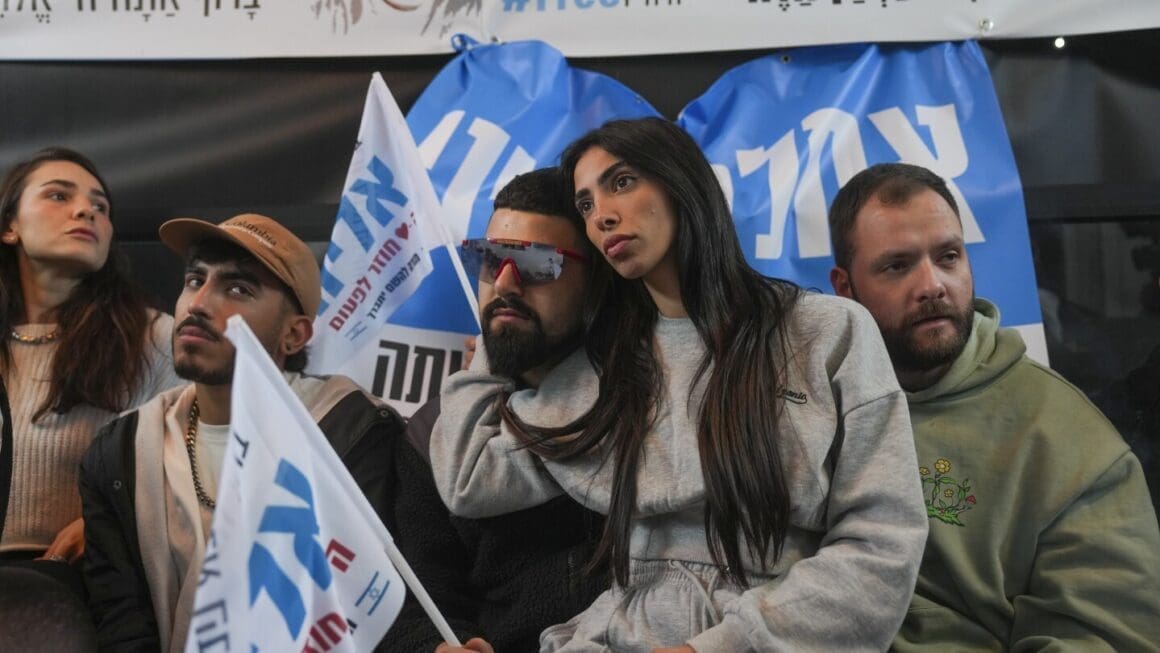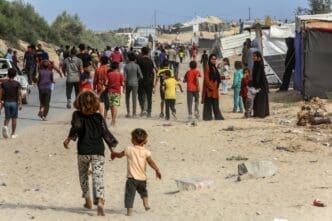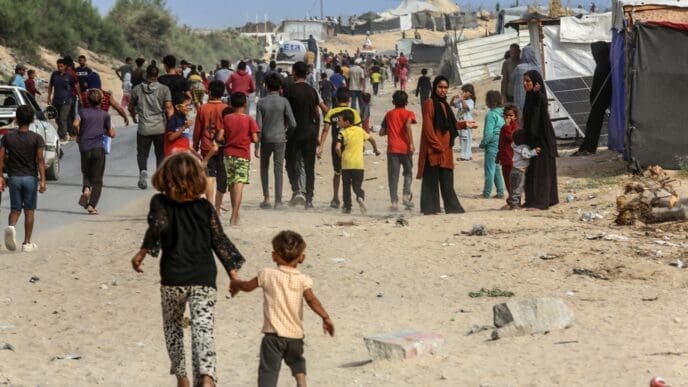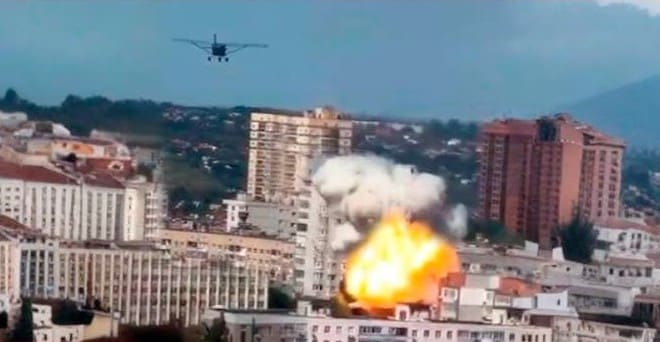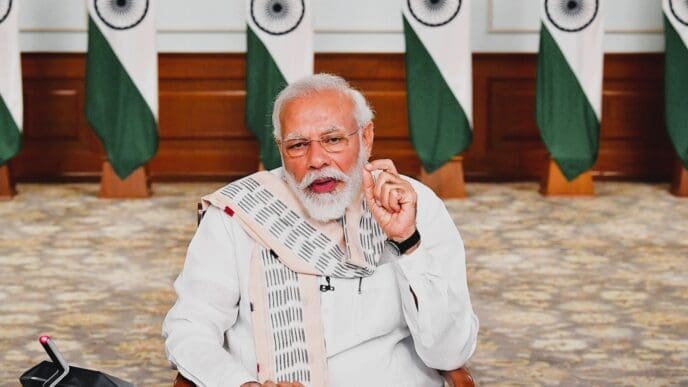In a significant development amidst ongoing tensions, Hamas has released the first two of six planned Israeli hostages during the final phase of a temporary ceasefire. This move, however, comes under the cloud of rising discord between the involved parties, potentially jeopardizing the fragile truce.
The hostages, Tal Shoham, 40, and Avera Mengistu, 39, were handed over to the Red Cross in Rafah, a city in the southern Gaza Strip. Following their release, the Israeli military confirmed their safe return. This exchange marks a continuation of hostage releases scheduled to include hundreds of Palestinian prisoners held in Israel.
The release happens against the backdrop of a tense disagreement involving the misidentification of remains by Hamas, which has particularly strained the situation. Initially, the group returned the wrong body, providing remains that did not belong to Shiri Bibas, an Israeli mother who, along with her two young children, died in captivity. The misidentified remains were those of an unidentified Palestinian woman. The accurate remains of Bibas were later delivered, confirmed by Israeli forensic authorities.
This incident has provoked a strong response from Israeli Prime Minister Benjamin Netanyahu, who condemned the mix-up as a ‘cruel and malicious breach’ of the ceasefire terms. He pledged retaliation for this misstep, further exacerbating the already fragile ceasefire arrangement.
Despite these challenges, negotiations remain ongoing concerning the possible release of additional Israeli captives. The ceasefire, which has temporarily halted over a year of conflict, may face renewed threats if a second phase of negotiations aiming for a lasting truce and Israeli withdrawal isn’t reached.
Expected for Saturday, the upcoming release of other Israeli hostages includes Eliya Cohen, 27, among others who were taken during the October 7, 2023 attack. This attack, led by Hamas, resulted in the deaths of approximately 1,200 people, mostly civilians, and sparked the ongoing conflict.
Hamas, for its part, argues that Israeli airstrikes contributed to the confusion regarding the bodies, suggesting the assaults might have caused the mix-up of remains. The group’s military wing, Al-Qassam Brigades, indicates readiness to proceed with further releases as planned.
Furthermore, political tensions are heightened by the involvement of external actors. Former U.S. President Donald Trump suggested a controversial plan involving the displacement of Palestinians from Gaza, a proposal met with mixed reactions. While Israeli leadership showed openness, Palestinian and Arab nations rejected the idea, complicating international diplomatic efforts.
The humanitarian impact of the conflict in Gaza remains severe, with the Ministry of Health reporting fatalities primarily among women and children. Israel claims to have neutralized many militants, but destruction wrought by the conflict is evident across the region, leaving countless Gazans without homes or the means to rebuild.
As both sides navigate these complex exchanges, the future of the ceasefire hangs in a delicate balance. The ongoing hostilities underscore the critical need for lasting solutions to prevent further loss and hardship in the region.

